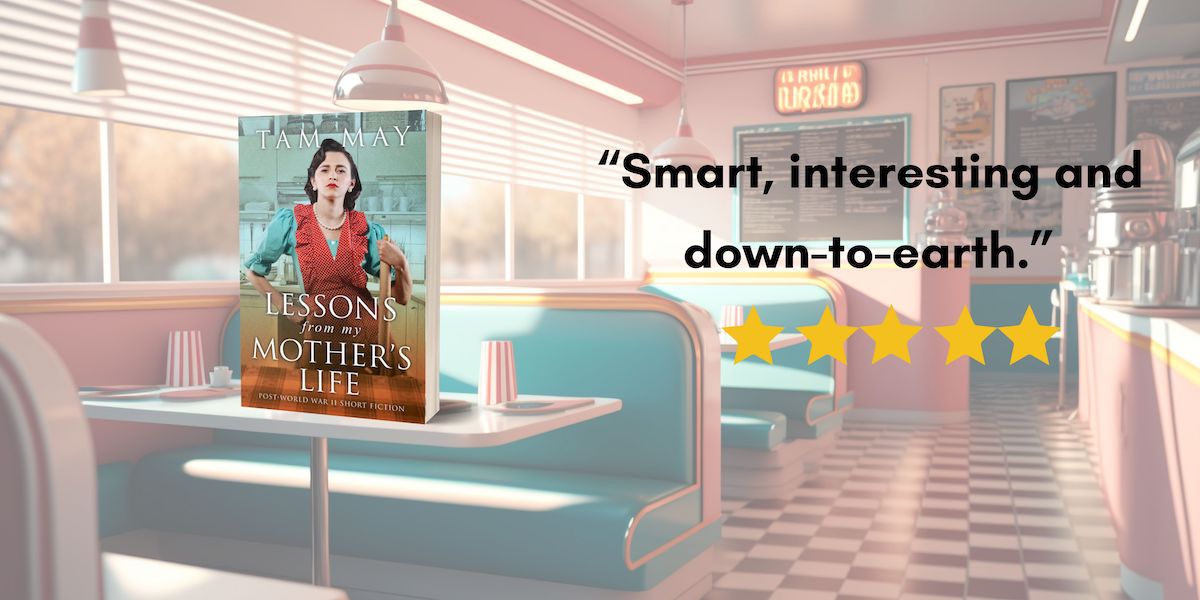
If you’ve been subscribing to my newsletter (and if you haven’t, you might want to check out the link below because you’ll get a bunch of cool stuff, including a couple of freebies) you know I announced last year that I would be working on a new series in 2024 to launch in 2025. I’m now ready to talk a little bit about that new series.
The Grave Sisters Mysteries is going to be another historical cozy mystery series (like my Adele Gossling Mysteries). The two series have several elements in common. They both feature strong women sleuths who defy the conventions of their time. They are both set in small towns in California and they both include women who help men in law enforcement solve crimes.
But the Grave Sisters Mysteries has a few differences that set it apart from my current series. As the name suggests, there is more than one sleuth in this new series. The sleuths, in fact, are three sisters. Eve is the oldest and most involved in solving the crimes. The middle sister, Helena, is her aide and brings different skills to the table. Their younger sister, Violet, is less involved in crime solving (at least at the beginning) but she nevertheless puts her hand in.
Another thing that makes the Grave Sisters Mysteries different from the Adele Gossling Mysteries is the sleuths’ non-crime-solving occupation. Adele runs her own stationary store in town. The Grave Sisters own a family business and its nature might surprise you. They run the only mortuary in town! That’s right. They deal with dead bodies in their line of work, though most of them get that way from natural causes rather than murder. Eve handles the administrative and accounting side of things while Helena is the resident mortician who prepares the bodies for burial. Violet, who is only eighteen in the first book, doesn’t get as involved in the family business until much later.
The time frames for both series are also different. Those who know the Adele Gossling Mysteries know the first book is set only a few years after the turn of the 20th century and the series is currently up to the middle of its first decade (spoiler alert: Book 7 is going to take place during the 1906 San Francisco Earthquake and Fire). Adele’s values and ideas fit the Progressive Era and her New Woman status lends interest and background to the mysteries.
The Grave sisters live in a later era. The first book is set in 1921, a period in American history that was just as vibrant as the Progressive Era, though in a different way. World War I was behind us but the Roaring Twenties wasn’t exactly in full swing. In fact, the nation was experiencing a sort of dip in prospects with so many World War I veterans who returned home to find they couldn’t get jobs (this becomes one of the themes of Book 2 of this series). But the sisters are firmly planted in this era that was experiencing a transition from the old to the new. America was still trying to hold on desperately to its old values and yet, the younger generation was sick and tired of the old ways and bringing in the modern age against their parents’ and grandparents’ resistance. All of these things affect the sisters and their relationship to one another. Future blog posts will address some of these topics.
Even though Book 1 of the Grave Sisters Mysteries won’t be released until the spring of 2025, don’t despair! I have more information for you about the series here. Book 1 will be available for preorder sometime later this year. I’ll also be including more updates about this series as well as details and excerpts in my newsletter this year, so if you’re not signed up for my newsletter, now is a great time to do so!
If you’re new to my site and haven’t yet checked out the Adele Gossling Mysteries, I encourage you to do that too! Book 1 of that series, The Carnation Murder, is free on all bookseller sites so you lose nothing but picking up a copy. You can find all the links here.
If you love fun, engaging mysteries set in the past, you’ll enjoy The Missing Ruby Necklace! It’s available exclusively to newsletter subscribers here. By signing up, you’ll also get news about upcoming releases, fun facts about women’s history, classic true-crime tidbits, and more!







